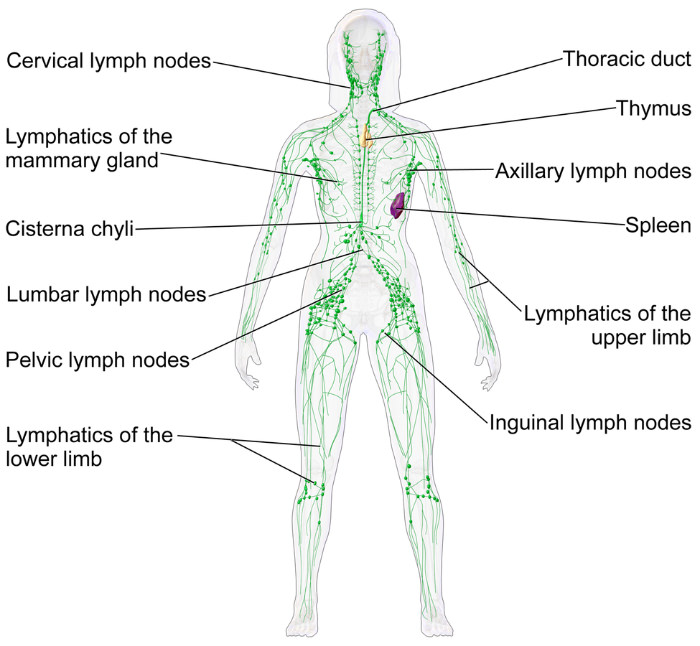
The lymphatic system
To fully understand what a lymphatic drainage massage is, we must get acquainted with the lymphatic system itself first. This system is part of the immune system. It consists of nodes spread all over the body that are connected by vessels. The fluid flows through the vessels, whereas the nodes function as filters.
The lymphatic system protects us from infections, as it contains white blood cells called lymphocytes. It moves fluid from bodily tissues into the blood. Lastly, it helps get rid of waste produced by the cells. The fluid and waste are later discarded via the blood circulation through the liver and kidneys. They then exit the body through bowel movements and urine.
The entire system lies just under the skin, so when performing a drainage massage, there's no need to apply much pressure.
The basics of lymphatic drainage massage
A lymphatic drainage massage is usually part of an entire Complete Decongestive Therapy (CDT) plan. It consists of massage, applying pressure, exercise, and skincare (if there's damage to the skin). Compression socks are used to direct lymphatic fluid away from the legs.
The primary beneficiaries of lymphatic drainage are people suffering from lymphedema. This is a swelling that develops due to a failure of the lymphatic system. It usually occurs after surgery involving the lymph nodes, severe infections, or radiation therapy.
Every drainage massage session lasts between 15 and 60 minutes. The effects are immediate. Applying minimal pressure, your physical therapist may use just one type of motion or a combination of sweeping and circular motions. These motions help collect and redirect accumulated lymphatic fluid and promote its re-absorption by the body. Every movement is designed to stretch the skin in the direction of lymphatic flow.
As lymphedema isn't curable yet, is it recommended to keep your legs and arms above your heart and avoid sitting cross-legged if you suffer from this condition. Avoid applying ice or heat and resist wearing tight garments.
Lymphatic drainage massage isn't reserved only for those who suffer from lymphedema. It could also alleviate symptoms of the following conditions:
- progressive rheumatoid arthritis
- chronic venous insufficiency (CVI)
- digestive problems
- fatigue
- fibromyalgia
- insomnia
- migraine attacks
- swelling (aka edema)
- skin disorders
- stress and depression
- constipation.
There are virtually zero risks in having a lymphatic drainage massage. However, certain individuals should avoid it. These include people who:
- have an infection
- experienced blood clots or a stroke
- have congestive heart failure
- have cancer in the affected area
- have liver or kidney problems.
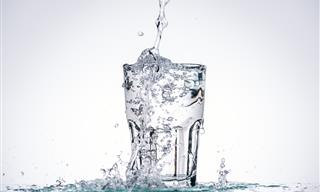
Why You Should Never Drink Too Much Water
It’s always important to remember not to get dehydrated, but you need to know that there is such a thing as overhydration, and it can be very dangerous too.

The Habit of Nail Biting Could Have Many More Consequences
Nail-biting is more than just a gross habit, it can also be extremely bad for your mental and physical health in a number of ways.
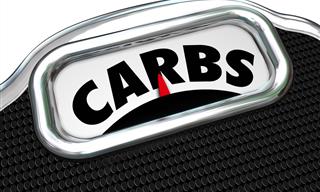
10 Simple Ways to Significantly Reduce Your Carb Intake
Are you looking to lose some weight? Here are ten ways that you can significantly reduce your carb intake!
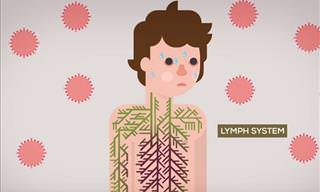 5:34
5:34
Warning! Here's Why Measles Can End Up Being Fatal
Is it worth getting vaccinated against measles? Watch this animated video and find out!
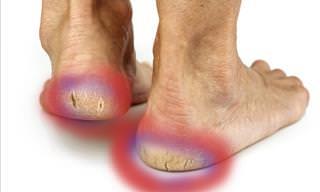
What Happens to Your Feet as You Grow Older?
Here are seven of the most common age-related foot problems that you should be aware of.

Has the Covid-19 Pandemic Affected Our Immune Systems?
After a year of relative isolation, we are slowly going back to our routines. Has lockdown affected our immune systems? This is what is currently known.
 4:38
4:38
How to Fix Your Sleep Schedule – Science-Backed Facts
Find out how your circadian system functions as an internal clock to keep your body running.

An Ancient Chinese Story with a Lovely Moral
This beautiful Chinese tale tells the story of a maid and how she learned respect for her mother-in-law
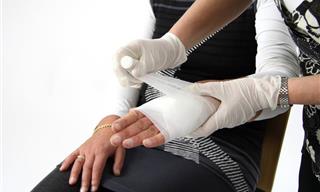
9 Common Mistakes We Make When Giving First Aid
The 9 most common errors made when providing first aid for simple medical cases.
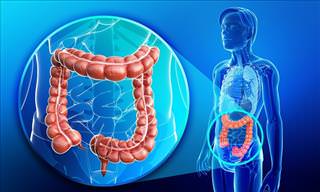
How to Treat an Obstruction in Your Stomach
Did you know that you can naturally treat gastric obstructions by adding to organic ingredients to your diet?
 15:50
15:50
Doctor Tip: How to Prevent Ingrown Hair
In this insightful video, Dr. Adedeji shares her expertise on preventing ingrown hairs.
 16:41
16:41
20+ Surprising Things About Your Skin You Never Knew!
Watch dermatologist Dr. Muneeb Shah answer some important questions about skin and dermatology.
 6:20
6:20
Is Breakfast REALLY the Most Important Meal?
Breakfast is the most important meal of the day - truth or myth? Watch to find out what happens to your body when you stop eating breakfast for two weeks.

14 Super Foods that Fight to Prevent Cancer
These super foods, taken daily, have been proven to fight to free your body from the risk of cancer.
 4:52
4:52
Tutorial: Relieve a Stiff Neck Naturally in Just 90 Seconds!
Take a look at several great stretches that you can try that will alleviate a stiff neck.
 5:50
5:50
Not What You Though - How Healthy Skin REALLY Looks Like
Short, concise, and straight to the point - here are 5 skin health myths busted with clear scientific explanations.
 5:47
5:47
Shocking! This Is What Chocolate Does to Your Arteries...
Can chocolate cause strokes? Find out in this informative video from Dr. Greger.
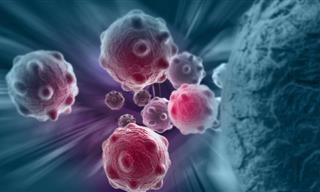
Did This Technique Just Kill 99% of Cancer Cells?
This revolutionary method, employing the power of vibrating molecules, heralds a new dawn in the fight against cancer, offering hope for a more efficient and less invasive approach to treatment.
 5:04
5:04
Important: The Dangers of Mixing Drugs Explained
What happens when we mix these drugs? Find out in this informative video.
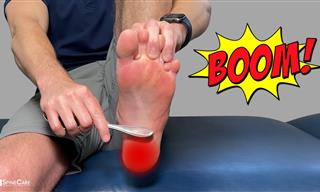 13:10
13:10
Relieve Pain in the Feet and Heels in Just a Few Minutes!
Do you experience frequent pain at the bottom of the feet? If so, check out these simple exercises for instant relief!
 4:18
4:18
The MAIN Differences Between Fish Oil and Cod Liver Oil
Both cod liver and fish oils are healthy options. But which one is more suitable for your body?
 4:53
4:53
You Are What You Eat: How Foods You Eat Affect Your Mood
In recent years we discovered how incredibly important a good diet is in preventing neurodegenerative diseases. Here's how it works.
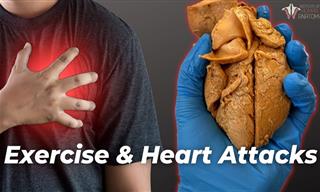 15:56
15:56
Can Exercise Really Stop Heart Attacks?
Find out some of the best ways to prevent and reduce a risk of having a heart attack.
 9:22
9:22
How to Effectively Improve Leg Circulation by About 75%
Here’s how you can improve blood circulation in your legs and feet effectively.
 5:45
5:45
Memory Not Working? The Answer May Be Hiding in Your Sleep
If you want to remember better, this lecture will tell you - The answer is in your sleep.
 11:29
11:29
Watch 20 Doctors Give Their Best Health Tip
20 top doctors, each an expert in a different medical field, all sharing one valuable health tip - packaged neatly into a single, convenient video
 3:17
3:17
WARNING: Why You Should Stay Away From Star Fruit
Hear more about the star fruit, and why you too should avoid it to prevent the risk of brain damage.
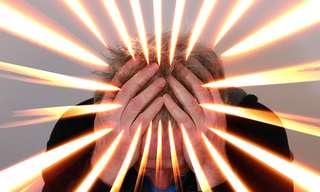
7 Things Stress Does to Everybody, Without Exception
Stress is one of the biggest problems we have to deal with in modern life. Here are 7 recent conclusions about stress you should know about.
 5:15
5:15
Difficulty Sleeping? Try This Healthy Drink Before Bed
Struggling with sleep? This natural drink can help.
 23:47
23:47
Start Using Yoga For Neck & Shoulder Pain Relief
If you are suffering from a lot of knots and tightness in your neck and shoulder muscles, then give these yoga stretches a try.
 4:55
4:55
The MOST Important Exercise to Practice For Seniors
This video will walk you through one simple exercise recommended daily for older adults.
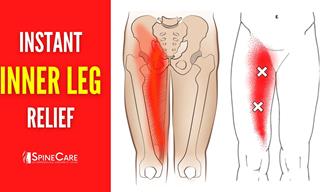 9:51
9:51
Fix Inner Leg Pain FOR GOOD With These Stretches
Struggling with inner-leg pain? Try these effective stretches.

9 Effective Treatments for Stiff and Sore Muscles
Have you ever woken up in the morning and stretched only to feel neck or shoulder pain? here's how you treat and prevent it.

Study Shows: Microplastics Found in Scary Places...
A subsequent study in Hawai'i, analyzing donated placentas from 2006 to 2021, underscored a significant rise in plastic contamination over time.
 10:18
10:18
This Doctor Tried the Keto Diet and This is What He Thinks
Curious to try the KETO Diet? Listen to what a doctor has to say first.

ARFID: An Undiagnosed Eating Disorder?
In the ever-evolving realm of psychological disorders, Avoidant Restrictive Food Intake Disorder (ARFID) has emerged as a puzzling newcomer in recent years.
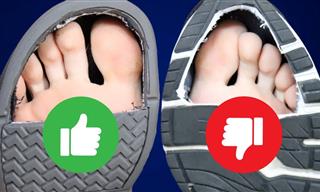 6:02
6:02
Foot Hurts When Walking? Avoid These Mistakes!
Does your foot hurt while walking? You might be making some mistakes without even realizing.

Say Goodbye to Your Double Chin with These 5 Exercises
These 5 exercises will help give your chin a tighter, younger, and healthier look, and eventually to help you get rid of a double chin all together.

10 Great Uses For Your Leftover Stale Bread
Sometimes bread gets stale, but next time don't throw it away - you can still put it to good use!
 9:08
9:08
The Symptoms of a Fatty Liver and How to Treat it!
Fatty deposits on your liver can seriously hinder its function. In this video, Dr. Berg explains the symptoms of a fatty liver and how to treat it.

Lose Weight by Using This Japanese Breathing Technique
This extraordinary deep-breathing weight-loss technique is known as the Japanese breathing technique to losing weight.

Everything You Wanted to Know About Healthy Tropical Fruits
Learn about eight easy-to-come-by tropical fruit that are both delicious and oh-so-healthy for you!
 11:47
11:47
This 10-Minute Brain Exercise Will Recharge Your Brain
Suffer from headaches, migraines, or brain fog? This 10-minute exercise can really help.
 5:00
5:00
Here's What Your BMI Does NOT Mean...
Many people use BMI (Body Mass Index) as a way of working out their level of physical fitness, however the results are typically far from accurate...
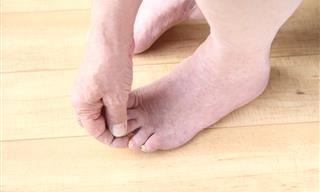
9 Ways You Can Treat Fungal Infections at Home
If you suffer from some of these symptoms, there are a number of home remedies that can easily treat fungal infections.
 16:30
16:30
Constantly Clearing Your Throat? Try These Remedies
Frustrated with constant throat clearing? Try these remedies.
 11:39
11:39
What Happens if You Consume Ginger Every Day?
Join us as we unravel the myriad ways ginger could influence your health and well-being.



